Landscape Design Tips for Small Spaces
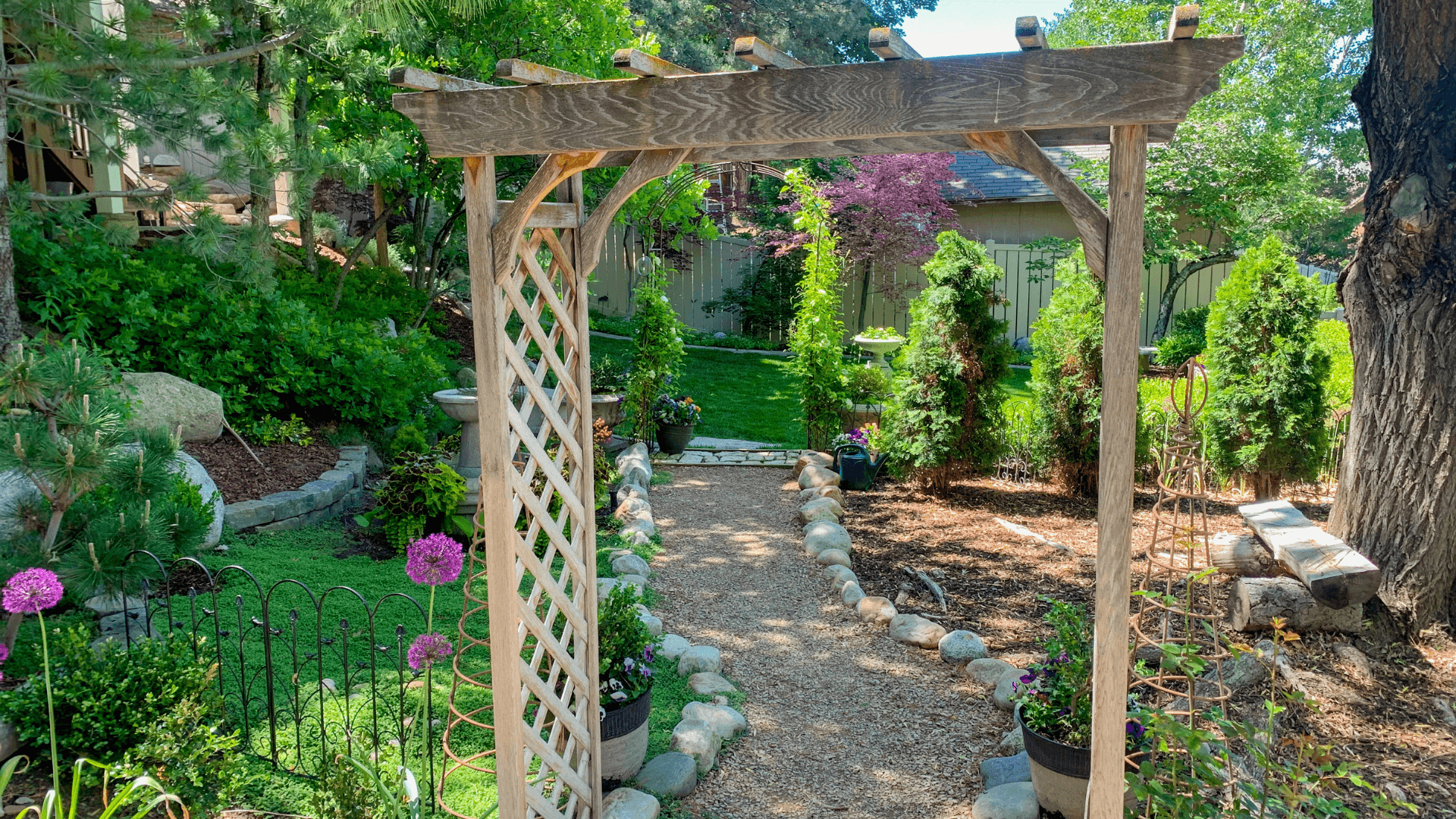
Define Your Spaces
The biggest mistake that new homeowners make when attempting to landscape their new backyard is installing nothing but grass and a small cement pad. In many areas, new construction homes have much smaller yards to begin with and installing grass from the house to the fence results in a lot of wasted space and makes the yard seem smaller visually. (Not to mention that it is a pain to try and mow grass that has grown right up to a fence.)
If you are planning to do this, you may be thinking that you will remove some of the grass further down the road once you have the resources to add in other elements. However, this really just adds in more work for you, because ripping up sod is not fun, though sometimes necessary. Our advice? Before you have sod installed (or if you already have it), figure out which areas of your yard are going to be used for what purpose.
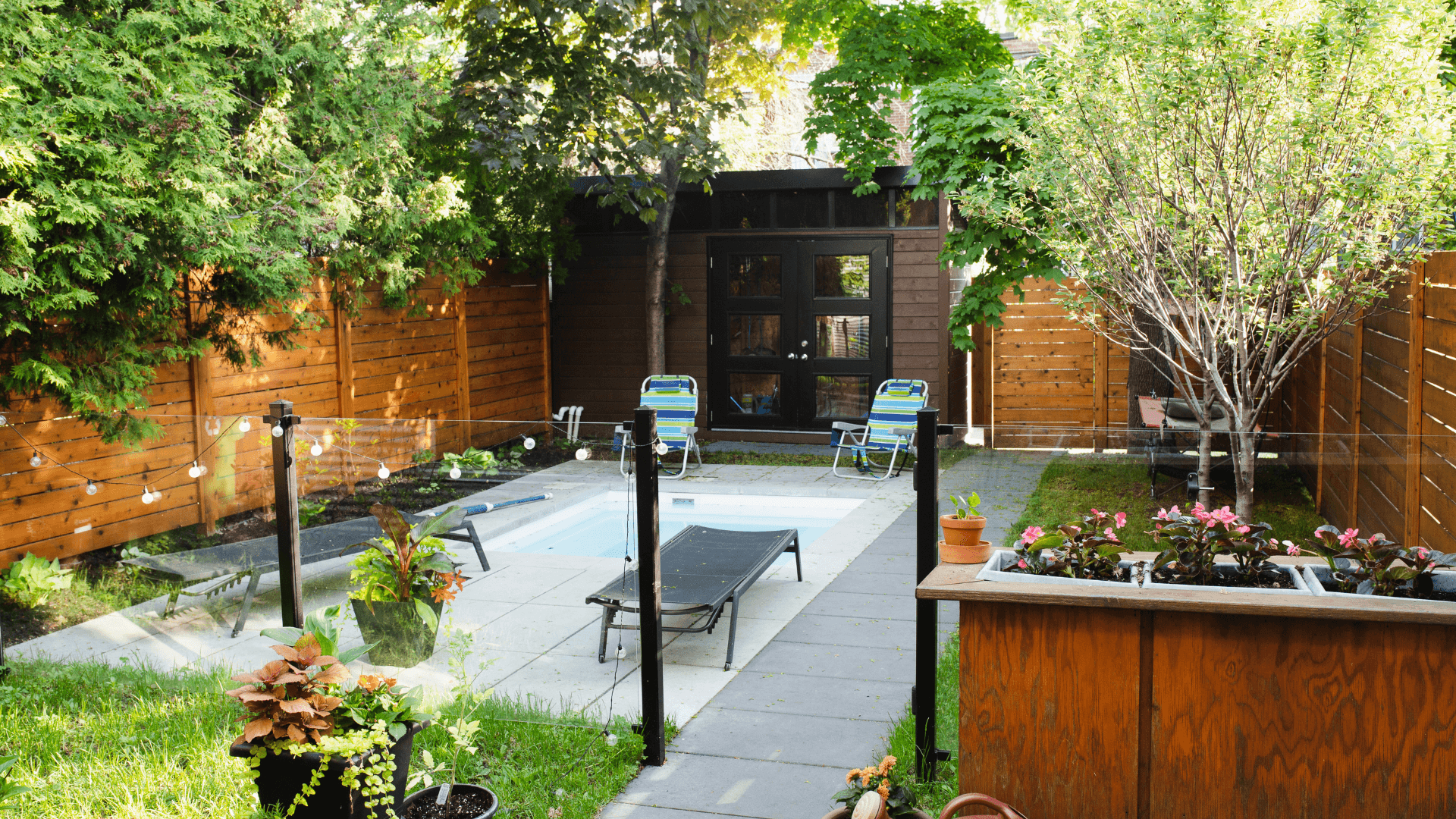
We call these areas “spaces.” There are 5 spaces that you will define in your landscape. They are your open space, social spaces, recreational spaces, connectors, and planting beds. To learn more about each of these spaces, read this article. By separating your landscape into spaces, you are able to maximize the utility of each square foot.
One key thing to know about these spaces is that they are meant to grow and adapt over time. That way, as your family's needs change, your landscape will still remain useful. For example, young children may be happy with a play set, but the same space might do better as a fire pit for teenagers.
Scale It Down
By scaling down the size of your landscape materials, you can make your space look larger. For example, if you’re paving a path, using only a few, large paver stones will make the space look more cramped. If you opt for a pea gravel walkway or smaller stepping stones, it will stretch the space visually. Decreasing your grass space will also help to clear areas of your landscape for other purposes.
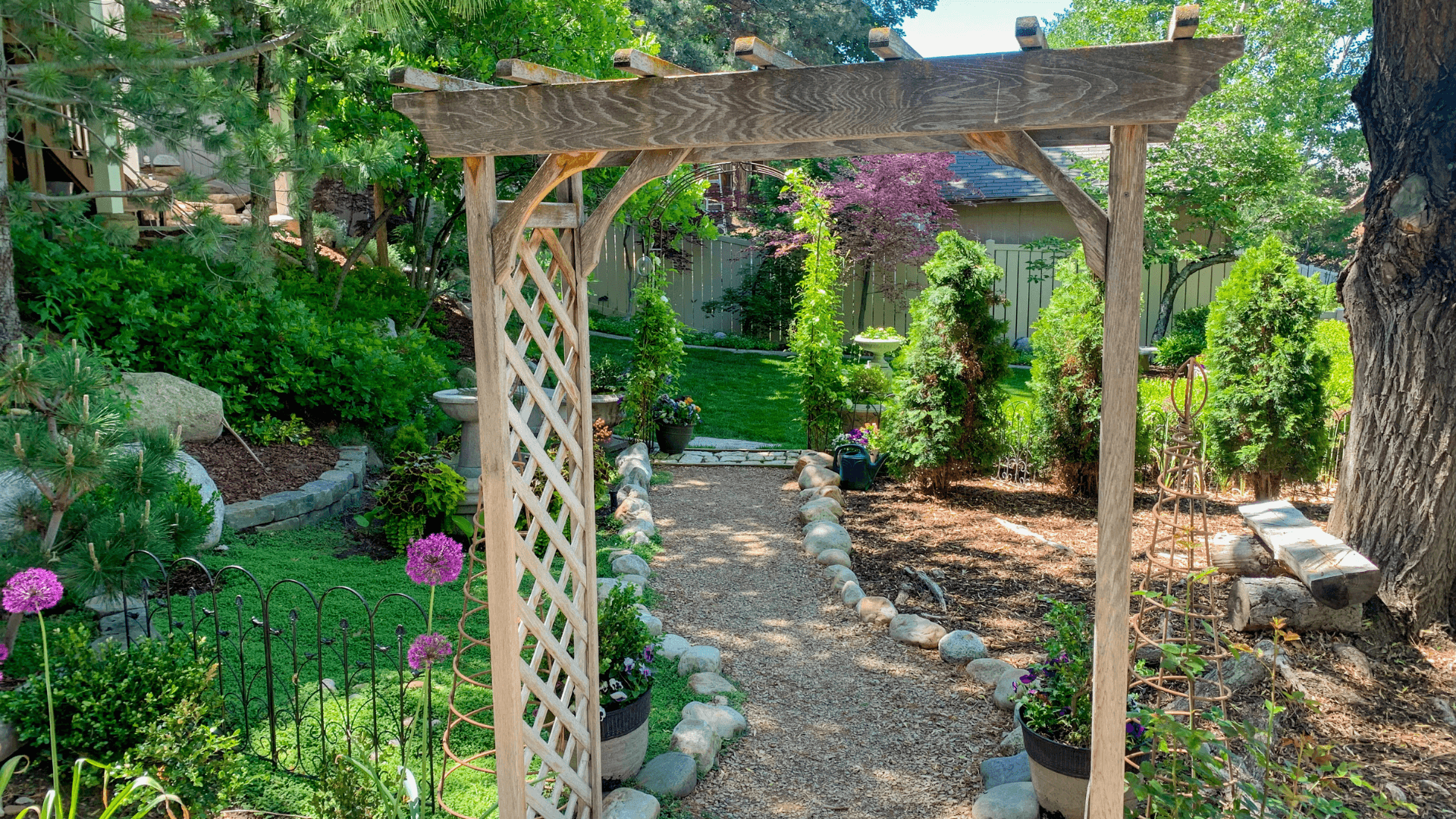
You may not have room for full-size versions of every feature that is on your wishlist, but by decreasing the size of each individual space and element, you'll be surprised with how much you can fit into your landscape. A patio doesn't have to be huge to be functional, and neither does a play set or a garden.
If you add in a variety of plant sizes, it will add more visual depth to your landscape, making your space seem larger. Using smaller plants will enable you to have more variety without cramming too many large plants in a tight space. Which brings us to the next point—use plants to fit your space.
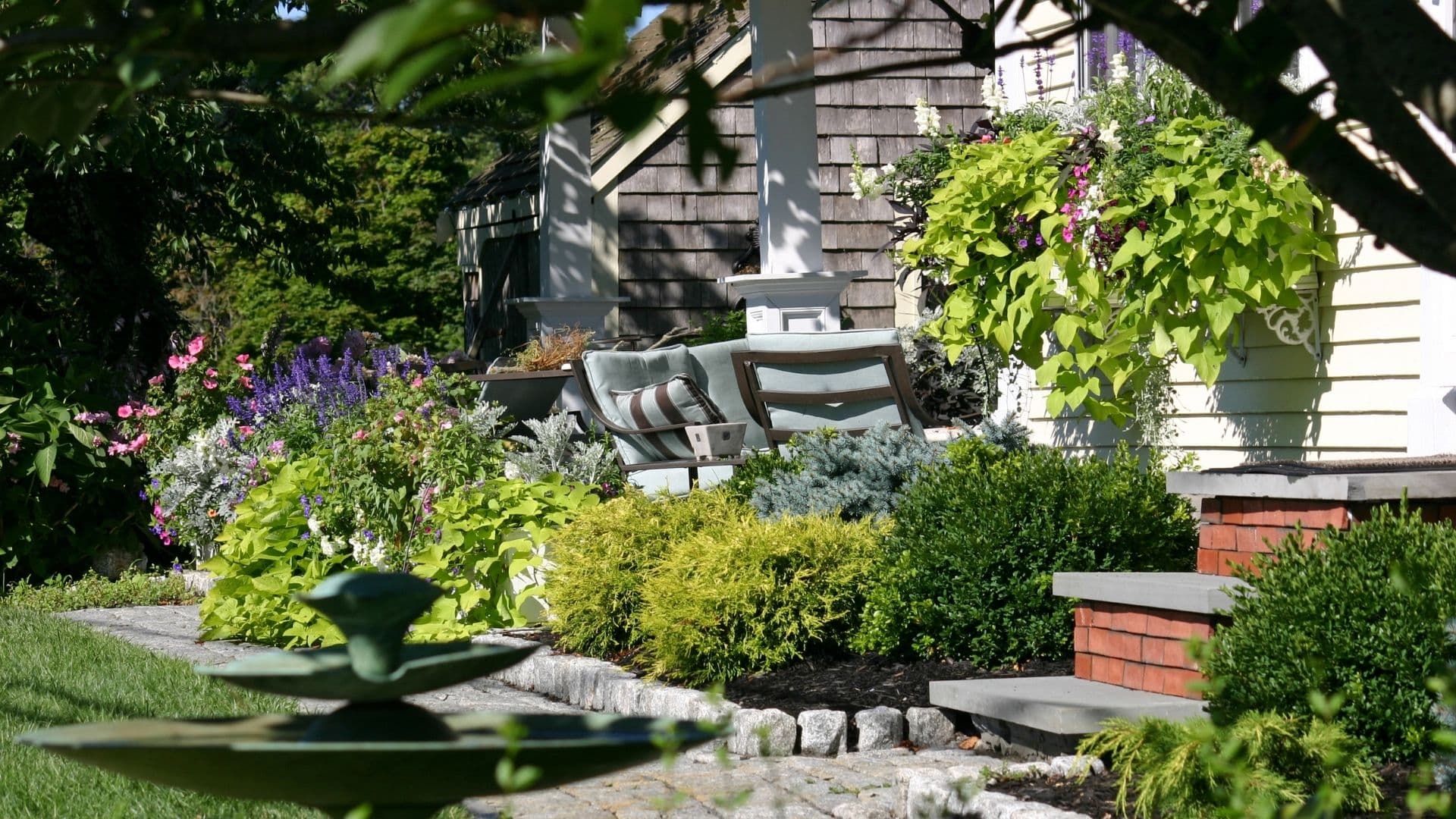
Columnar or Compact Varieties
Many plants have columnar or fastigiate varieties, which means they can grow tall but stay thin-- perfect for a tight space. These types of plants are a great option if you want to have more privacy in your backyard from neighbors that may be closer than you like. Other plants come in dwarf or compact varieties, with their names followed by “compactus.” These are great for filling in the detail layer of your plant roster with a variety of impressive blooms, foliage, or texture plants.
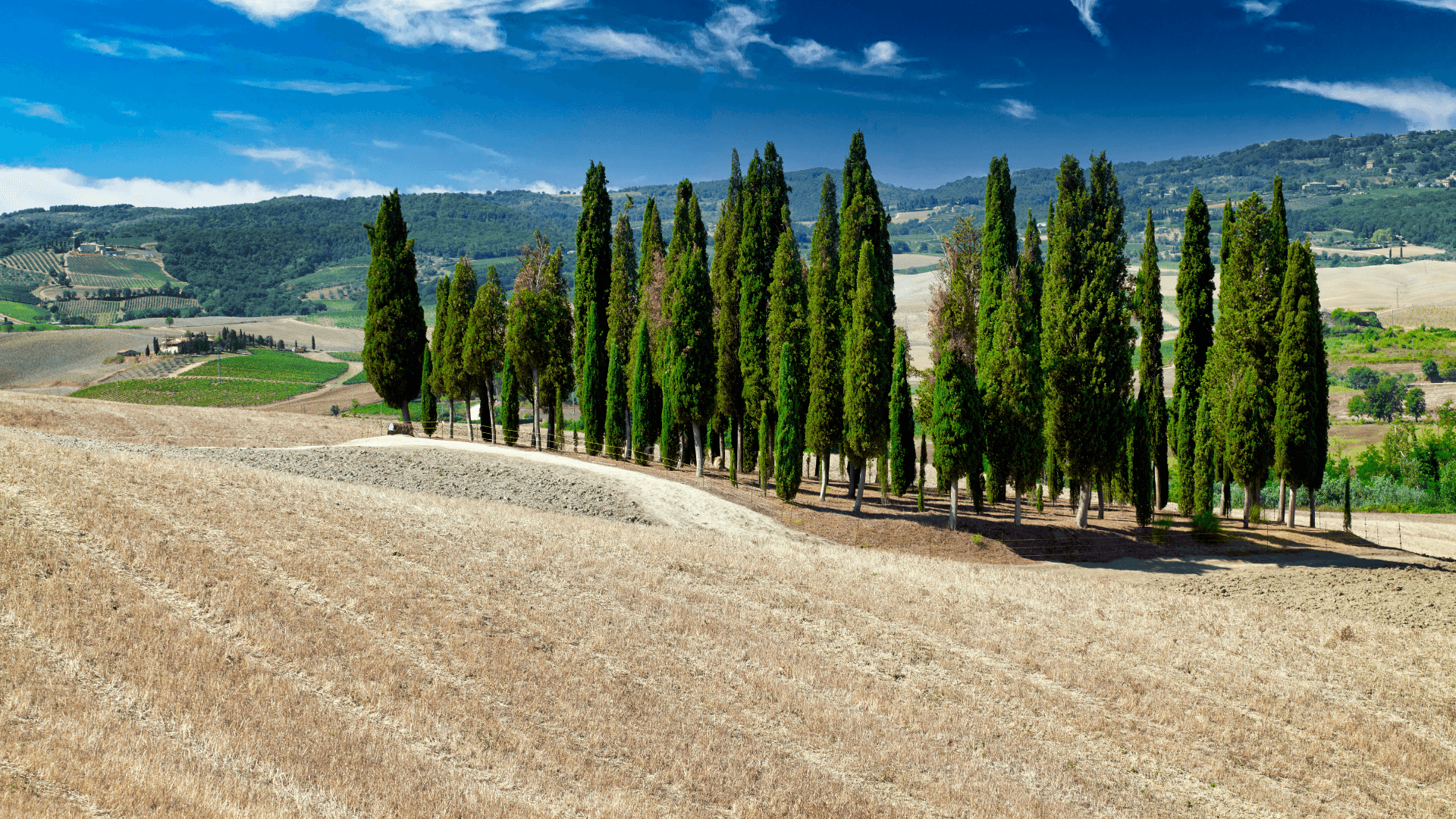
By seeking out columnar or compact varieties of plants, you can still have gorgeous, mature trees and shrubs that are perfectly suited to the limited space you have. You don’t have to sacrifice your love of mature trees or constantly prune plants to stay small—just look for plants with these varieties. (As a bonus, doing this will decrease the level of maintenance that your yard requires!)
Use Vines
Some yards don’t even have space for compact or columnar trees and shrubs. You still probably want a living green screen between you and the rest of the world, though. All you need is a wall, fence, or even just a trellis, and some vines.
Vines can completely cover a vertical space and take up hardly any room. They can come in all sorts of varieties, as well. Some vines produce fruit, some have gorgeous blooms, some are lush and leafy, and so on. There’s certainly a vine that fits the vibe you’re going for.
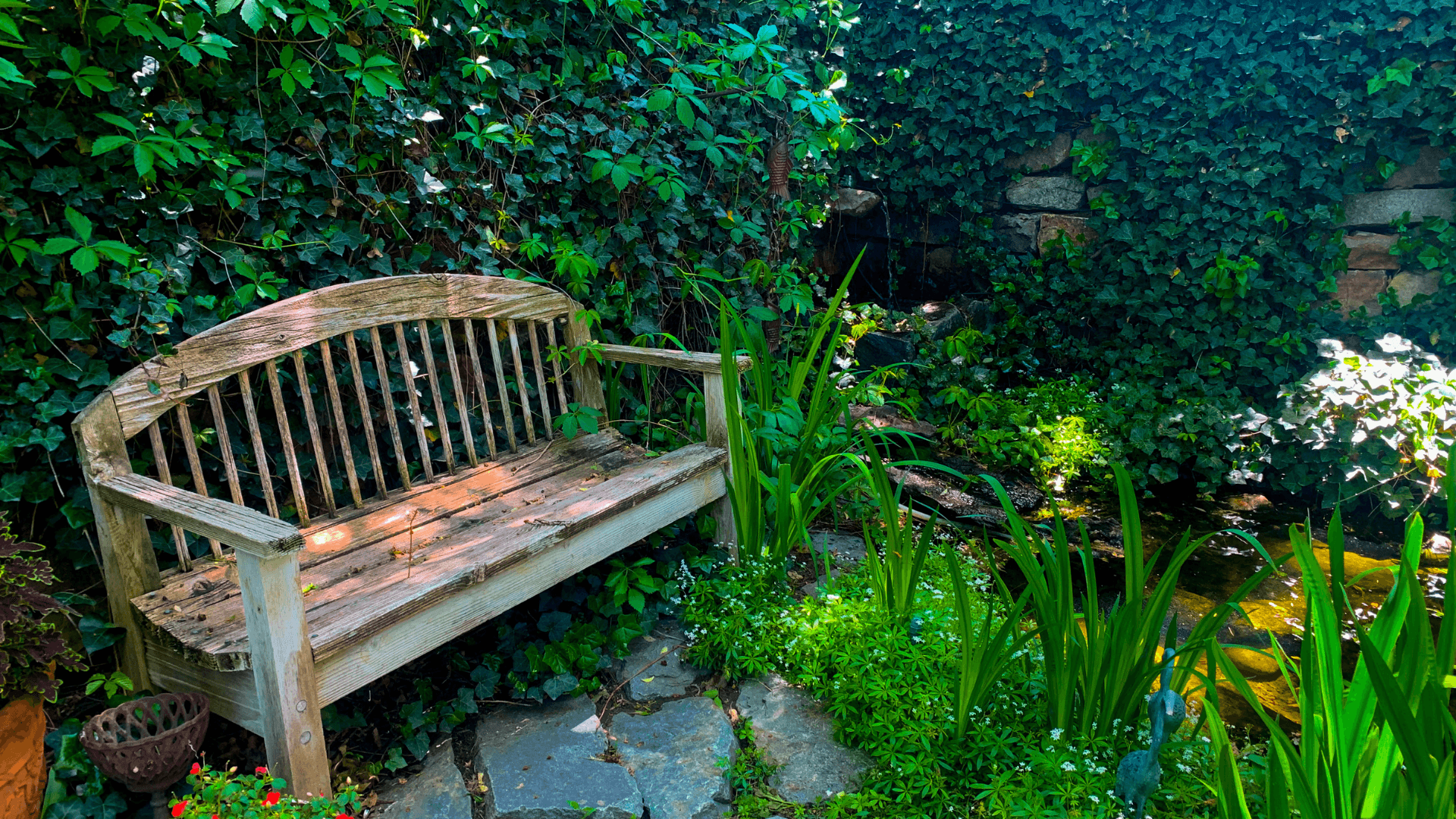
When looking for a vining plant to use, check to make sure it’s not one that will damage the structure it climbs on. Researching different vining plants will help you decide which ones will work for your space. Some plants do best with a trellis, some with a solid wall, some with sturdy supports, and so on.
Also check to see if your selected vine dies back every year and needs to be cut down, if it’s an annual or perennial, or if it’s a woody vine that can stay put over the winter. Lastly, find out if it is a climbing vine—something you’ll need it to be if you’re hoping for it to cover a fence or wall.
Growing Food
Gardening can be done even in yards with minimal space. You can grow your own food even when you don’t have the space for an in-ground garden or even large growing boxes. Gardens can be grown vertically. There are many vertical garden solutions to be found online. Some are vertical planters made for that specific purpose. Some are repurposed over-the-door hanging shoe or pantry organizers. Wooden pallets can be upcycled and turned into vertical gardens. The options are endless. Vertical gardens can produce large quantities of food, take up minimal square footage, and they are also visually exciting.
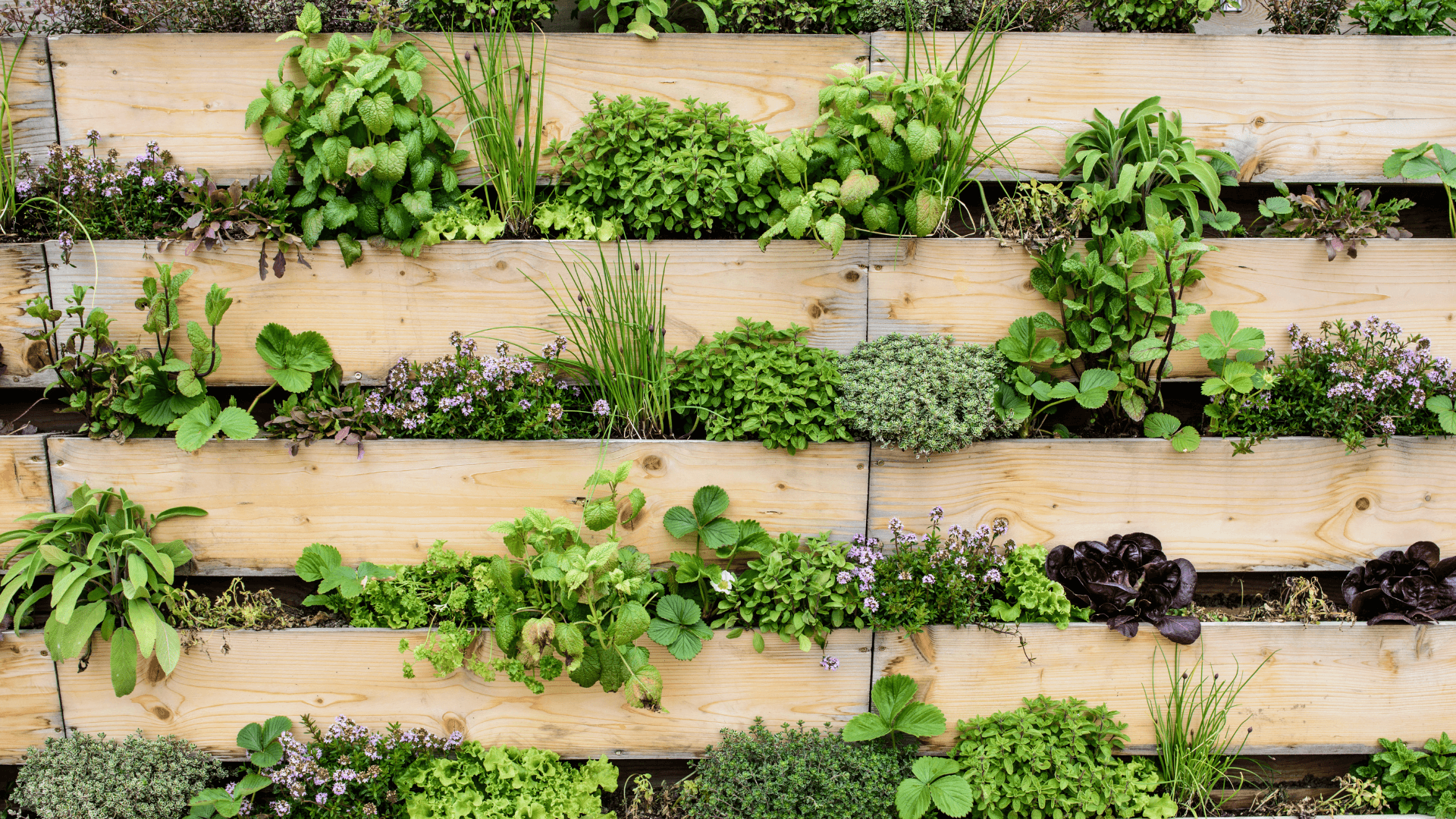
Even fruit trees can be grown in the tightest of spaces, through training your trees to be espalier trees (this works with some other plants, as well—it’s not limited to fruit trees). Espalier trees are pruned and trained to be almost entirely flat against a wall, enabling you to have a full, functioning orchard in a tiny little space. Espaliered trees are also a lot of fun to look at, so they’re a win-win.
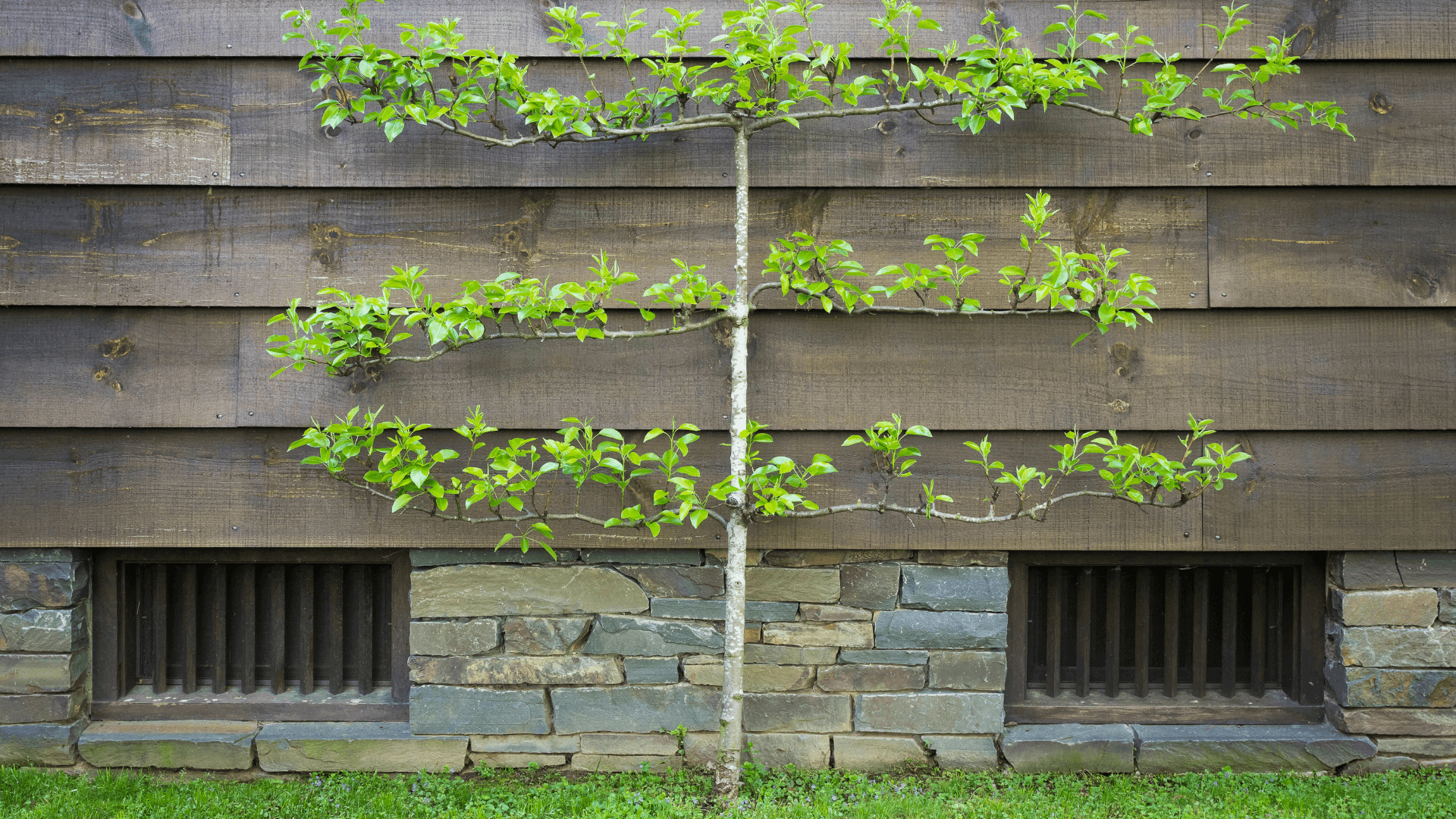
Use All of Your Space
You may look at your yard and see a very small space, but are you factoring all the space available? Oftentimes, spaces like the park strip in front of your home and the thin strip of yard between the side of your house and the fence line are neglected. You can utilize these spaces to maximize your yard!
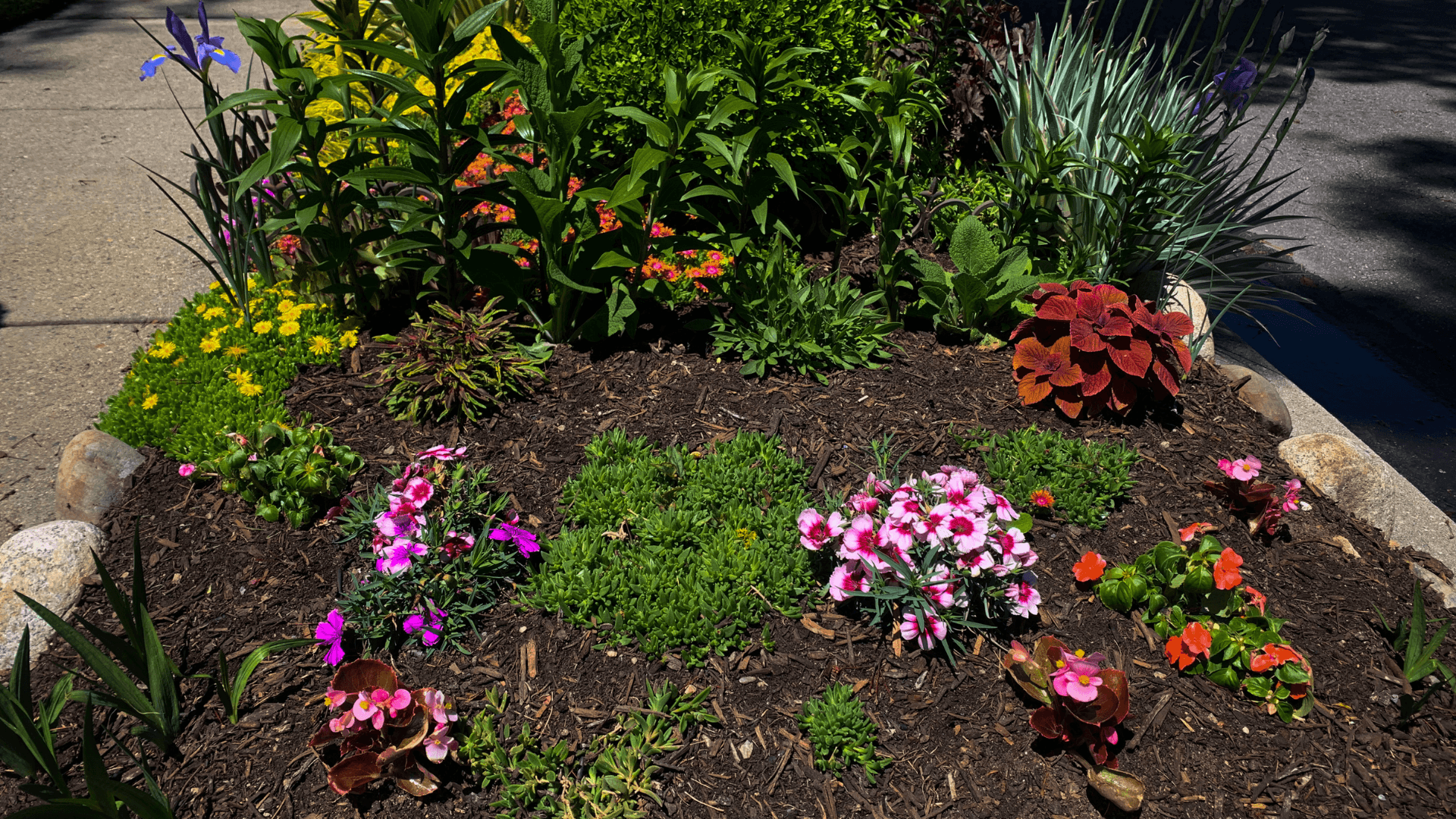
A park strip has endless capabilities. There’s enough space there to plant trees, and if you’re trying to grow food, as listed in the step before, you can plant fruit trees or install a small garden in that little park strip!
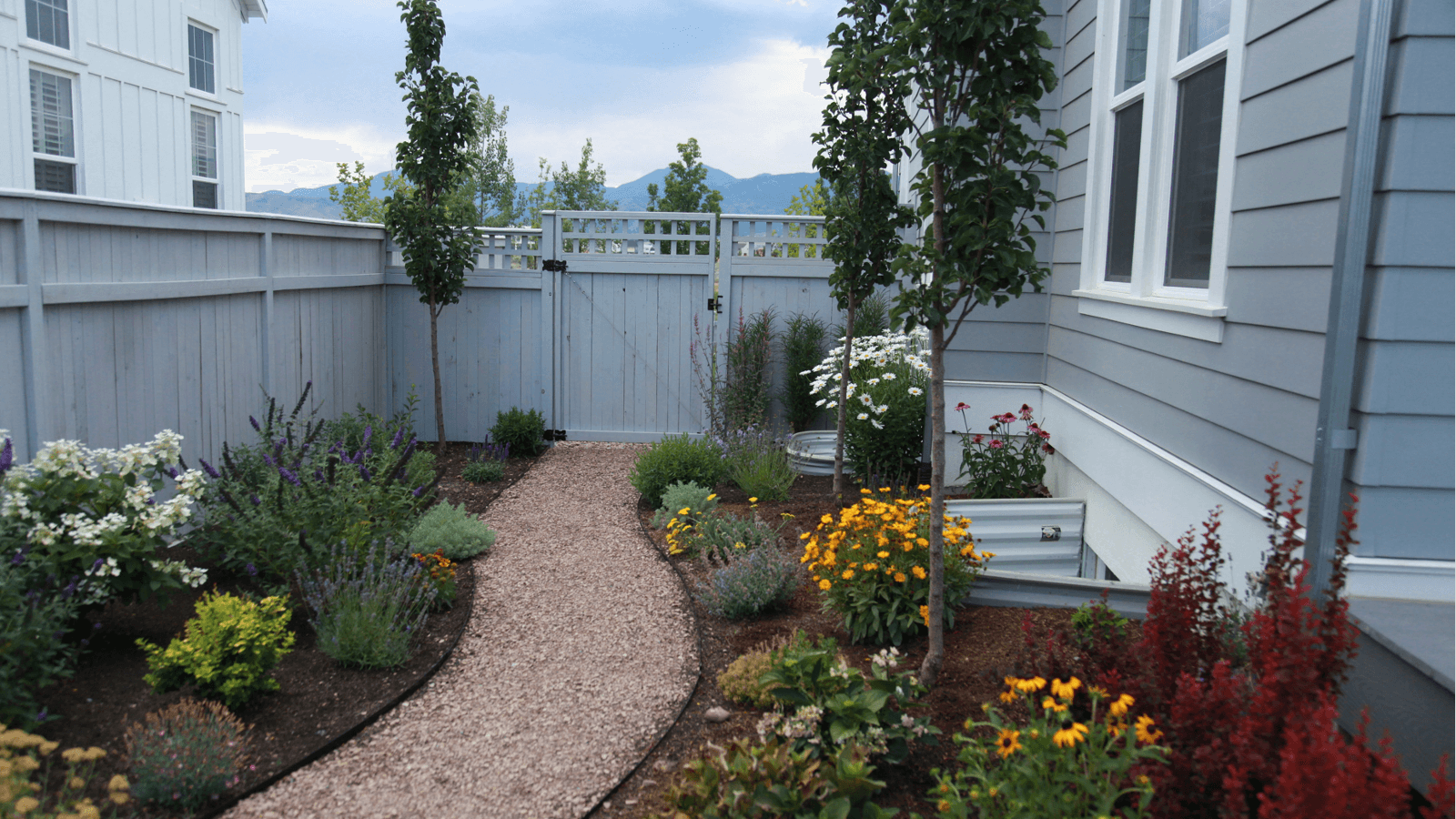
As for the thin strip between your house and fence, if it’s just grassy lawn, it’s probably a pain to mow and maintain. Swapping the grass out for a path and some pretty plants turns that space around. No longer will it be the ugly, tricky part of your yard—it can be a useful, delightful space. There are many plants that can stay small enough to fit there, but really bring the wow factor to a once boring part of your yard.
Background Views
Utilize the scenery in your background. If your yard has a good view, try to mimic elements or frame nice views in your space. This will tie your yard into the background, which makes your space feel larger and more beautiful. This is a method that has been done throughout history and across cultures. It’s not too difficult to do, but it can make a huge difference. “Borrowing” the background view makes your yard much more picturesque.
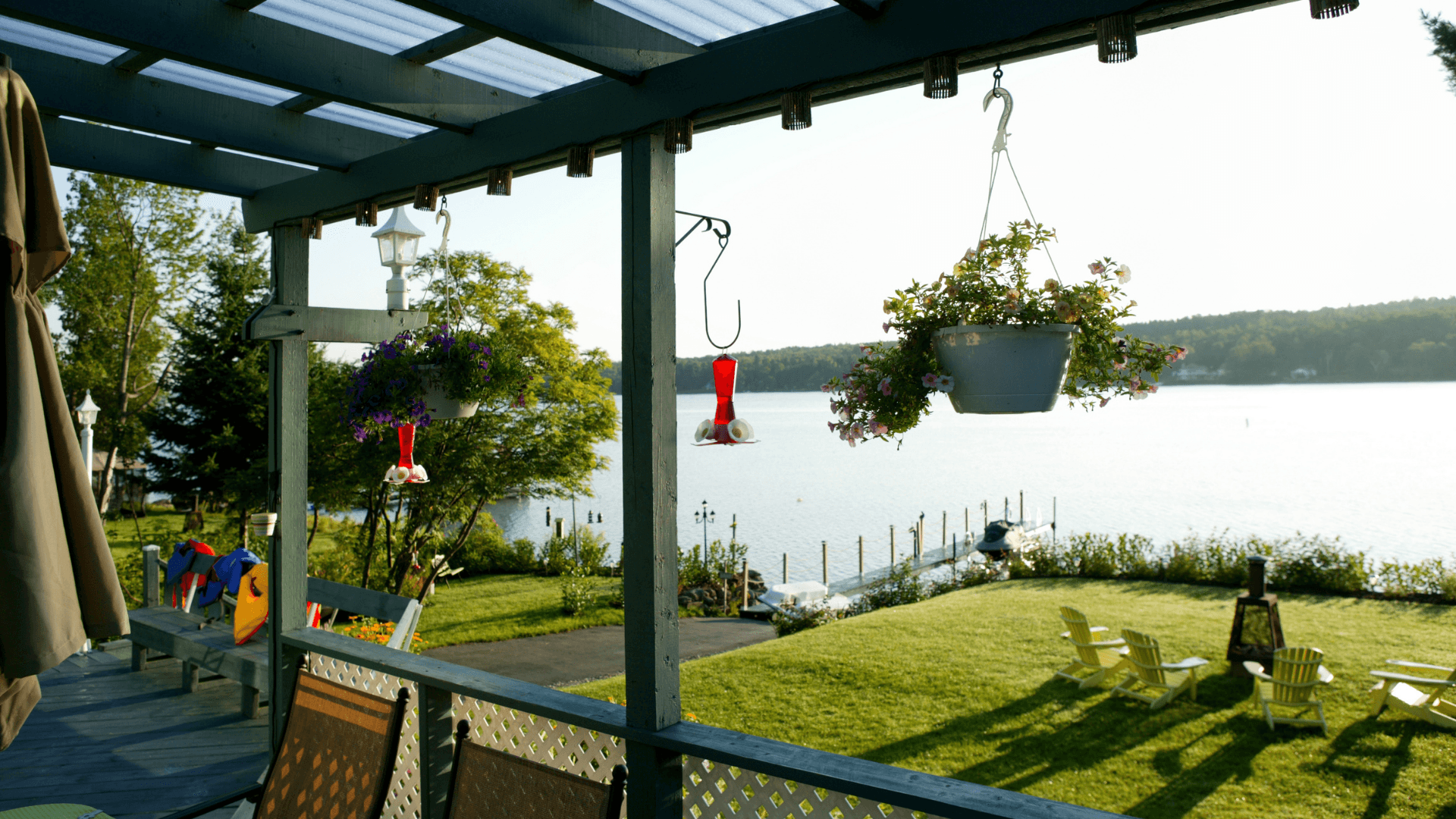
On the other hand, if you have views that you would like to block, columnar plants are a good option. Planting these plants in a row along your fence can ensure that you have a more secluded yard within a few years. Alternatively, if you want more immediate coverage, you can use a wooden or metal privacy screen that is raised up and secured with bricks to make it taller. These come with many different materials and patterns that you can choose from and can help to set the overall vibe of your design. You may even be able to grow edible plants on your privacy screen, making it even more functional in your space – just like we’re about to explain in the next section.
Double-up Uses
When you’ve got limited space, it’s wise to double-up on usability. If you’ve got planter beds that have a built-in border, make the border wide enough that they can double as benches. Instead of choosing between a shade tree and a social space, install a hammock and have both!
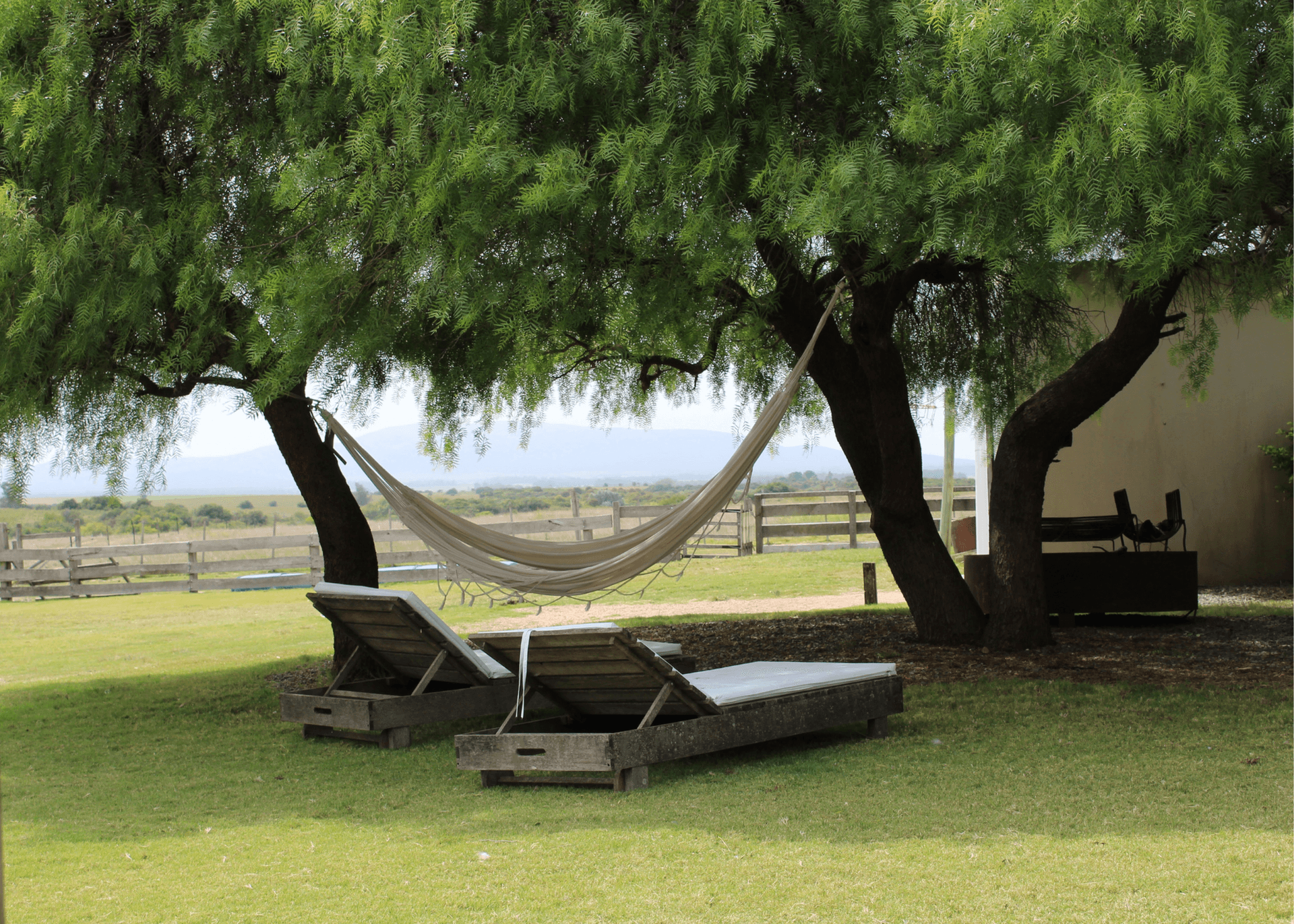
Doubling up on uses will enable you to have more of the things you want with minimal space. Think outside the box a little bit and see how you can use different aspects of your landscape for more than one thing. Doing this will make your backyard more attractive and help you and your kids get outside more often. For more ideas on making your backyard fun for kids, check out this article.
A cement pad can be helpful for many sports as well as give you a place for an outdoor gym or a scooter track. A fire pit with a removable table top can become an outdoor dining area as well as a nice spot to relax and talk. You may incorporate edible plants throughout your landscape to help your garden space look appealing while also being functional. Designing with edibles can be surprisingly attractive and easy to do - learn more about it here!
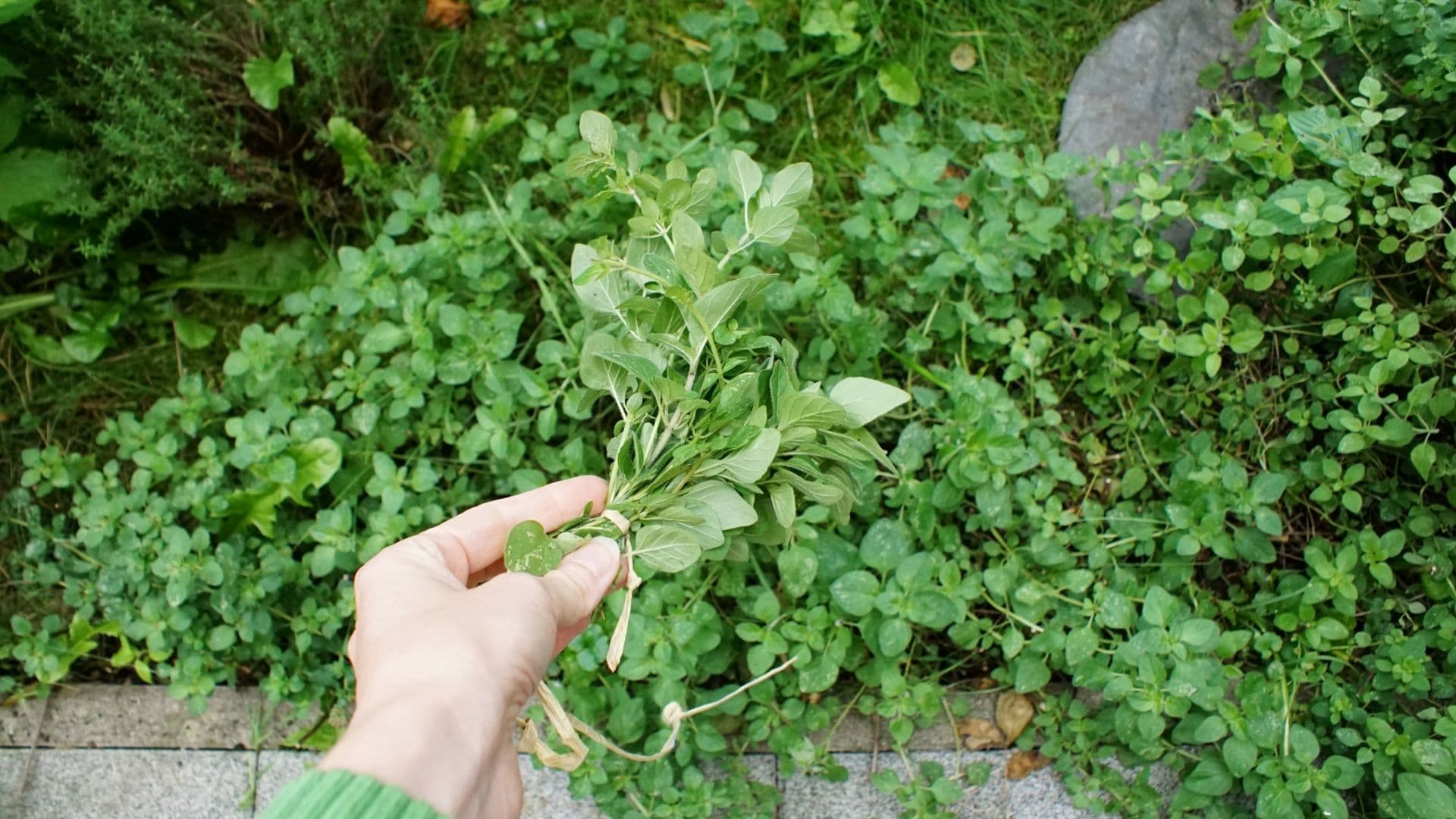
Final Tips
By growing plant varieties that are compact or columnar, training your trees to be espaliered, planting vertical gardens and using vines on vertical surfaces, there are massive amounts of beautiful greenery to choose from! You don’t have to forgo having a lush, green oasis just because you have a small space.
Remember to scale down your landscape materials, borrow scenes from your yard’s backdrop, use up all the available space, and double up uses where you can. Incorporating all of these tips into your landscape design will help you move away from a cramped, boring space, and turn it into a show stopping and productive yard, no matter the size.

